
Exciting new series on “Voice, Body and Movement for Lawyers – How to connect with the jury and find Justice Through Dramatic Technique!”
Click here to find out more
Electronic surveillance is one of the most important foreign intelligence collection tools available to the U.S. government. Correspondingly, the ability to surveil constitutes one of those activities most susceptible to abuse by a government against its citizens. In the U.S., the government’s use of electronic surveillance is highly regulated and can be conducted for only two purposes: law enforcement, which is undertaken by both federal and state governments; and foreign intelligence collection, which is an exclusively federal government function conducted pursuant to a single authority - the Foreign Intelligence Surveillance Act or “FISA.”
FISA governs not only electronic surveillance but the use of physical searches, pen registers, trap and trace devices, and business records collection to acquire foreign intelligence in the United States. It permits surveillance and other intrusive activities in the United States both with, and in limited circumstances, without a warrant. It covers virtually every major intelligence collection effort used by the United States, and constitutes the most important intelligence authority available in the war against terror.
This course covers the history of electronic surveillance conducted in the United States for national security purposes, and will tell you everything you didn’t know about FISA which is ever more frequently in the news. It may, or may not, change your mind set about FISA but it will almost certainly leave you better informed about the framework under which electronic surveillance is conducted for national security purposes.
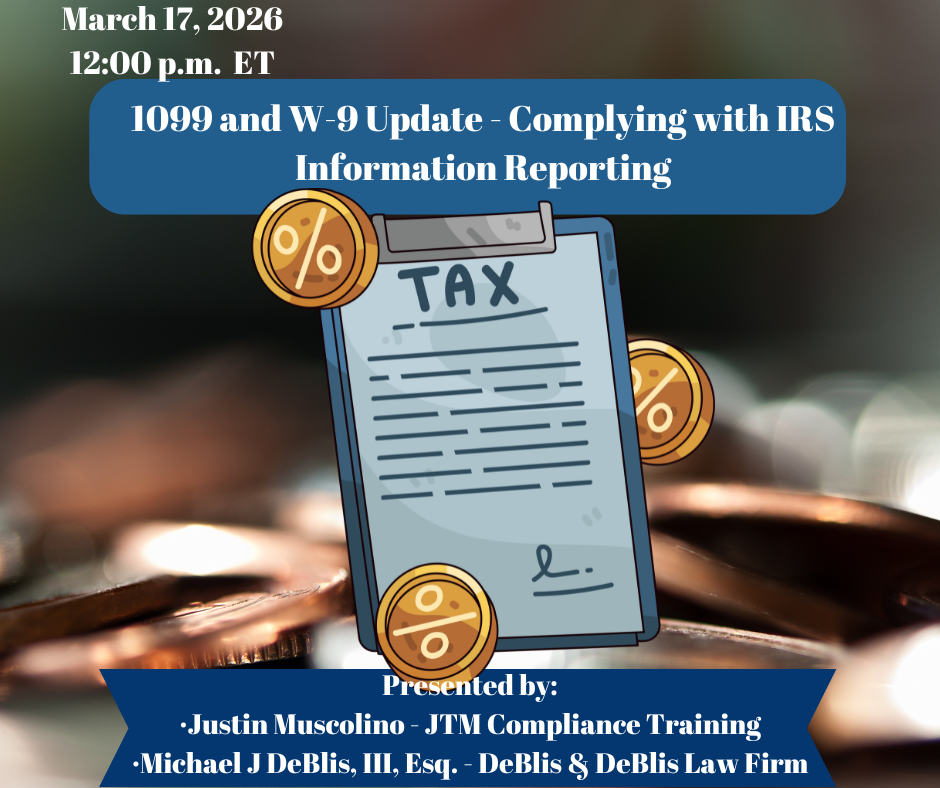
This CLE program covers the most recent changes affecting IRS information reporting, with emphasis o...

This CLE will cover the critical ethics issues involved in leaving government practice for the priva...

Large World Models (LWMs)— the next generation of AI systems capable of generating...
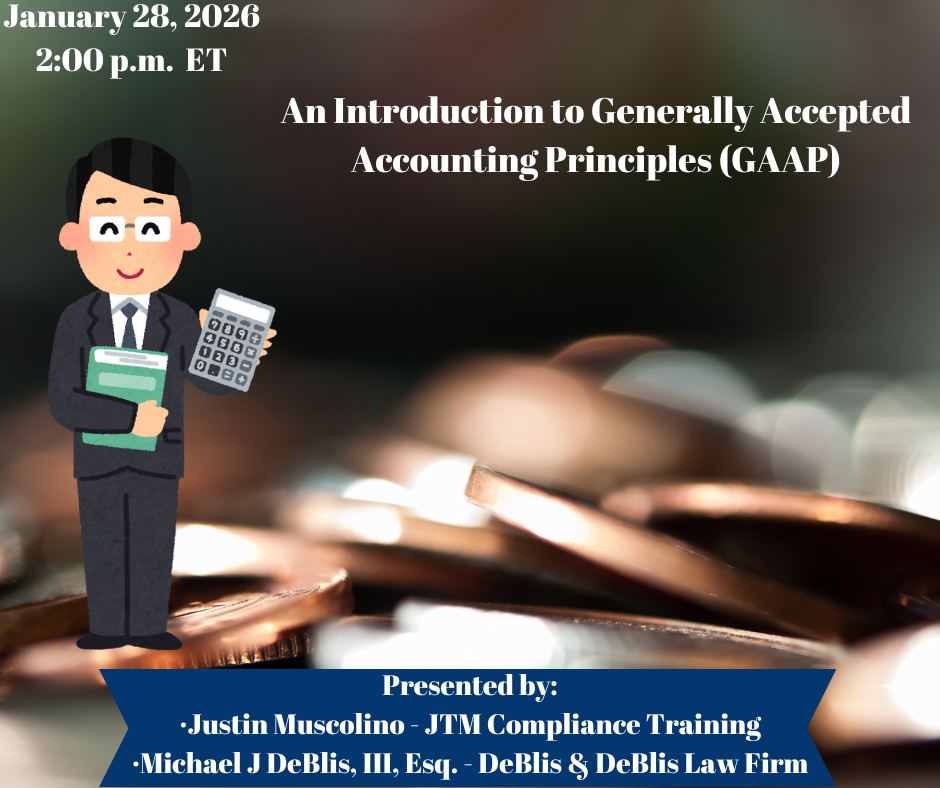
A practical overview designed for attorneys new to financial reporting. The session connects GAAP co...
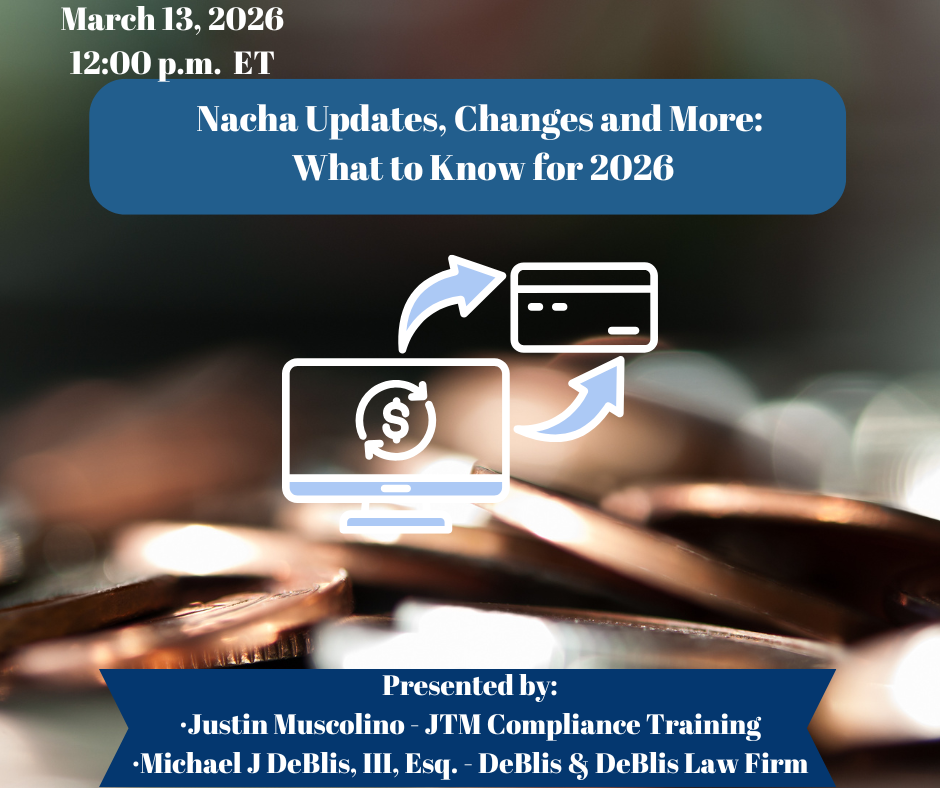
This attorney-focused program reviews upcoming Nacha rule changes for 2026 with emphasis on legal ob...

MODERATED-Session 7 of 10 - Mr. Kornblum, a highly experienced trial and litigation lawyer for over ...
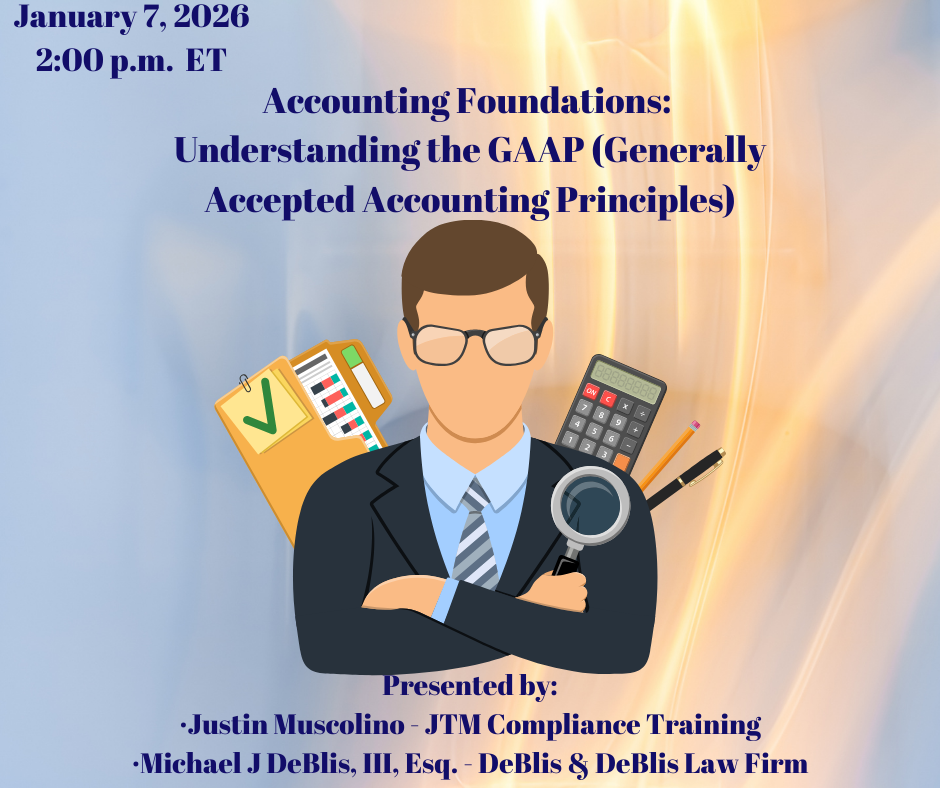
This course introduces attorneys to the core principles of GAAP and the legal significance of standa...

MODERATED-Session 10 of 10 - Mr. Kornblum, a highly experienced trial and litigation lawyer for over...
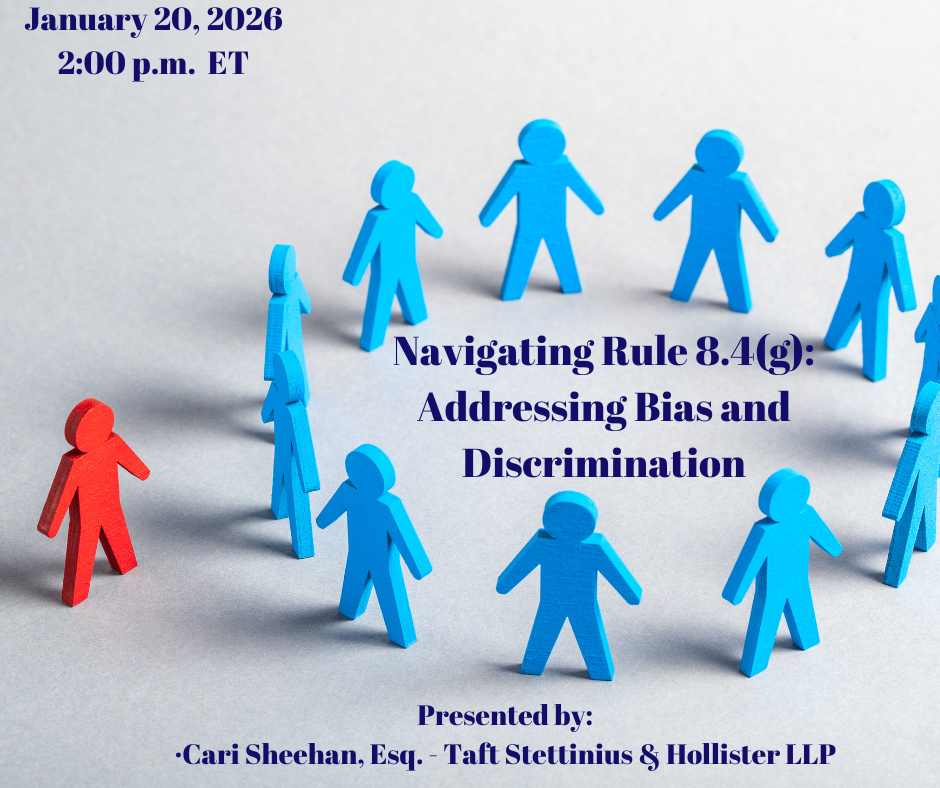
Bias and discrimination continue to shape workplace dynamics, legal practice, and professional respo...

“Maybe I drink more than I should, but it isn’t affecting my life-I’m ‘High-...